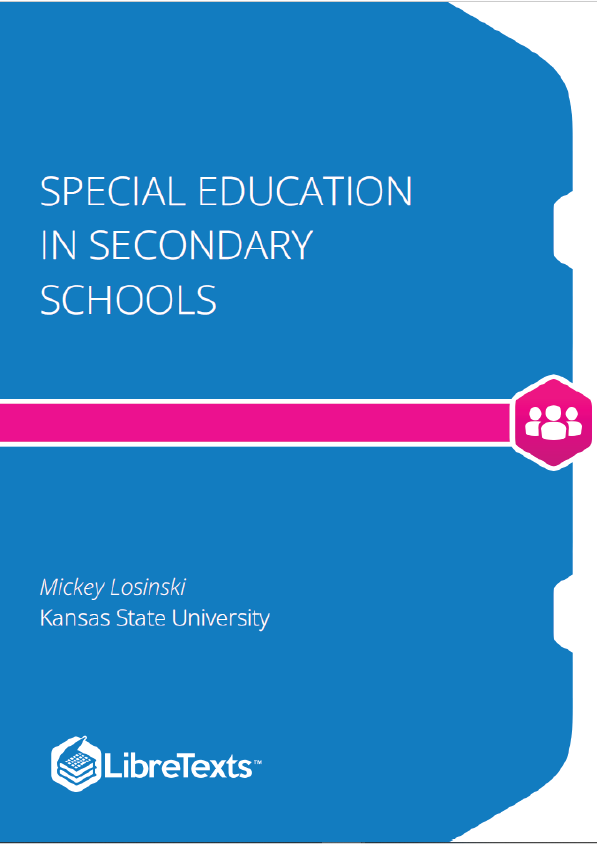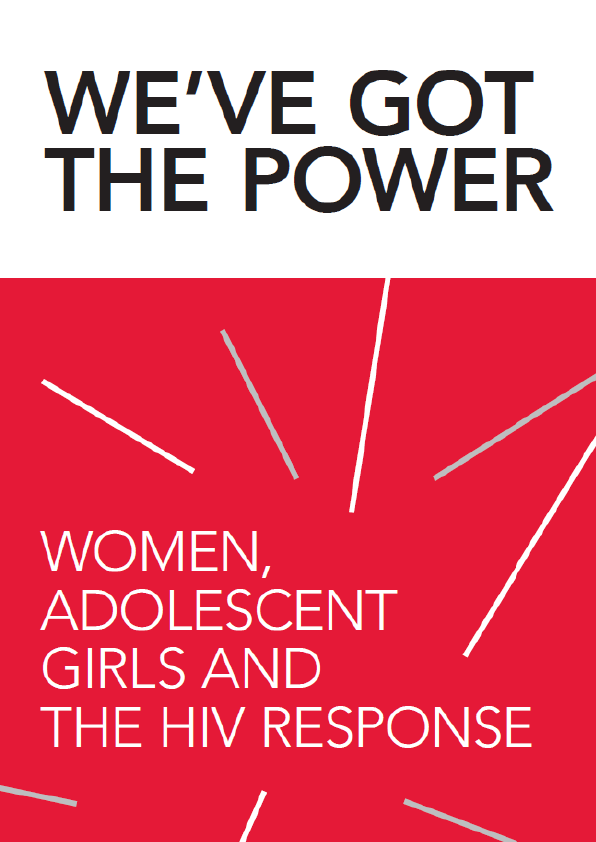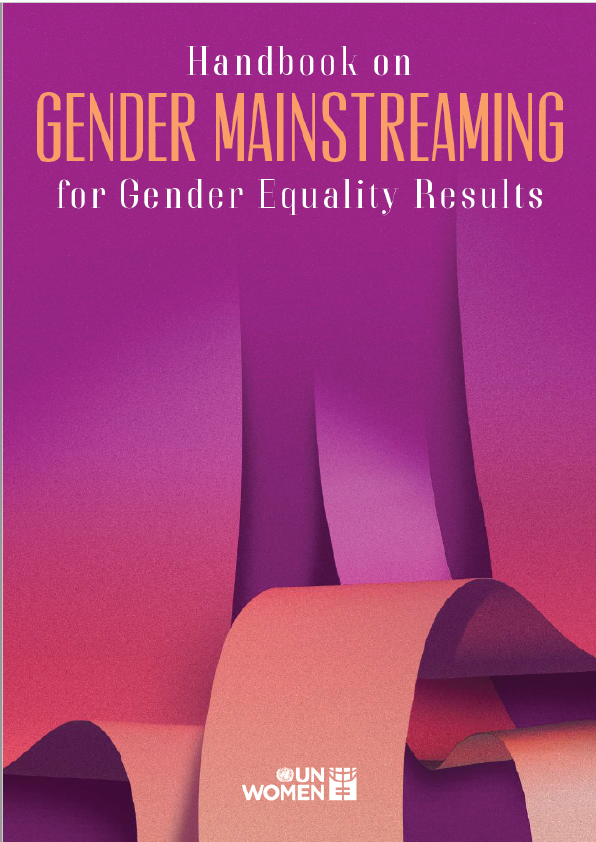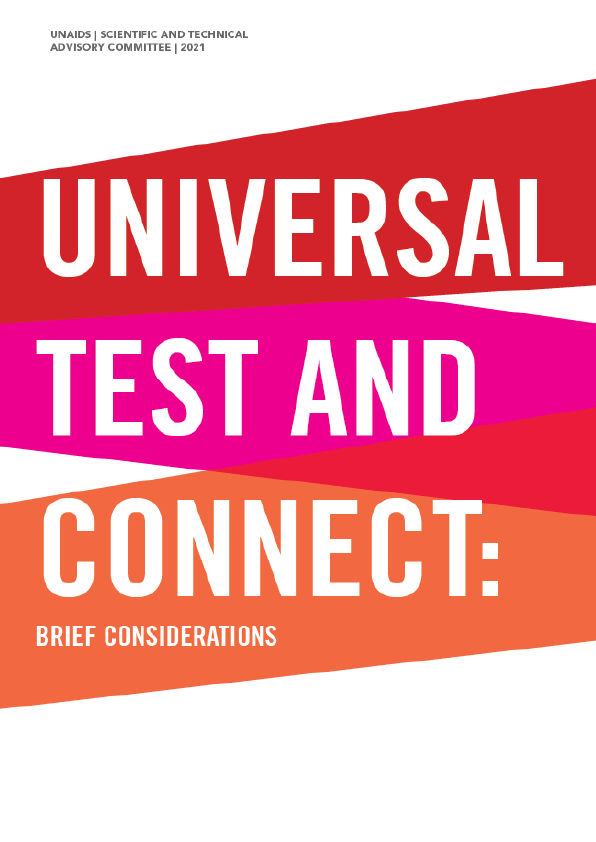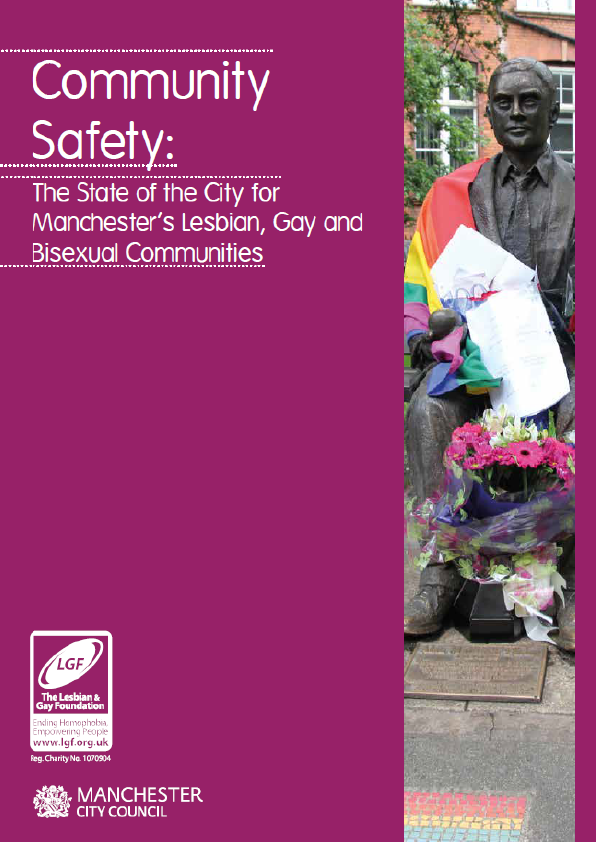This textbook provides information on the practice of teaching special education in the secondary schools. Research-based practices are explained for supporting student functioning in language arts, math, and other content areas. Specifically, the eight chapters address: (1) Introduction to secondary special education; (2) Curriculum-based measures to inform learning; (3) Strategies for working in a co-teaching environment; (4) Strategies for improving student behavior; (5) Strategies to support post-secondary transition; (6) Strategies for improving student outcomes in reading; (7) Strategies improving student outcomes in writing; and (8) Strategies for improving student outcomes in math.
Serving students with disabilities in secondary education classrooms can be rewarding and challenging. The students can exhibit a wide range of disabilities, from mild speech impairment to students with severe and profound intellectual disabilities. In the 2014 – 2015 school year, more than 3 million students between the ages of 12 and 21 were served for a disability in public schools (United States Department of Education [DOE], 2016). Within the state of Kansas, nearly 27,000 students between the ages of 12 and 21 received special education and related services. The primary student disability served in the state of Kansas is specific learning disability (SLD) with approximately 42% of all students with disabilities between the ages of six and 21 being served in this category. The next highest category of disability served is speech language impairment (SLI; 14% of students) followed by other health impairments (OHI; 13% of students), developmental delay (DD; 9% of students), autism spectrum disorders and intellectual disabilities (both at 6% of students) and emotional disturbance and multiple disabilities (both at 5% of students). The remainder of disability categories make up a small proportion of students served for disabilities under the Individuals with Disabilities Education Act of 2004 (IDEA) in Kansas.
As discussed by Hallahan, Kaufman, and Pullen, (2015) the study and instruction of students with disabilities is more similar than not to instructing students without disabilities. They note that, in general, students with disabilities are closer to average than they are nonaverage in many aspects of daily life. Indeed, the IDEA (2004) specifically states that a child with a disability who receives special education and related services, must be a child whose education is impacted by that disability. In other words, these children are those students who have a disability that impacts their learning. Therefore, the students may appear average in most respects to their same aged peers, but require additional supports to benefit from education. It should be noted however, that an education does not necessarily entail their academic performance but may include things like social and emotional learning. Indeed, only specific learning disabilities and intellectual disabilities require that the student have academic deficits.
As stated previously, the education of students with disabilities should not be wholly dissimilar to the utilization of evidence-based practices to teach students without disabilities. In recent decades, the field of education has followed the fields of medicine and psychology in the identification and validation of evidence-based practices to promote the utilization of best practices by teachers (Cook, Tankersley, & Landrum, 2013). In some cases, these practices are mandated within the schools to ensure students receive the best instruction, particularly those students who have in the past received a subpar education.
